The sun holds a prominent and symbolic role in various mythologies around the world. Across cultures and civilizations, the sun is often associated with gods and goddesses, and its significance ranges from being a divine entity to representing creation, power, and rebirth. Exploring the symbolism of the sun in different mythologies allows us to delve into the rich tapestry of human imagination and belief systems. From the ancient Egyptian Ra, the sun god who illuminates the world, to the Greek Apollo, the radiant deity of the sun, each mythology offers unique insights into the cultural and spiritual significance of the sun. Let us embark on a journey through time and discover the profound symbolism attributed to the sun in different mythologies.
Contents
- Ancient Egyptian Mythology
- Greek Mythology
- Mayan Mythology
- Norse Mythology
- Hindu Mythology
- Conclusion
-
Frequently Asked Questions
- 1. Why is the sun so important in ancient Egyptian mythology?
- 2. How did the ancient Egyptians view the sun’s role in the afterlife?
- 3. What is the significance of Ra’s solar barque?
- 4. How does the sun symbolize creation in ancient Egyptian mythology?
- 5. Were there any other sun deities in ancient Egyptian mythology?
- 6. Did the ancient Egyptians have any rituals or celebrations related to the sun?
- 7. How did the ancient Egyptians depict the sun in their art and architecture?
- 8. Was the sun viewed as a benevolent or malevolent force in ancient Egyptian mythology?
- 9. Did the ancient Egyptians worship the sun as a god?
- 10. How does the symbolism of the sun in ancient Egyptian mythology compare to other cultures?
- References
-
Frequently Asked Questions
- What is the symbolism of the sun in different mythologies?
- Who is Ra in Egyptian mythology?
- How does the solar barque signify rebirth?
- Who is Apollo in Greek mythology?
- What is the story of Helios and Phaeton?
- Who is Kinich Ahau in Mayan mythology?
- How does the sun represent creation in Mayan mythology?
- Who are Sol and Sól in Norse mythology?
- What is Ragnarök in Norse mythology?
- Who is Surya in Hindu mythology?
- References
- Read More
Ancient Egyptian Mythology
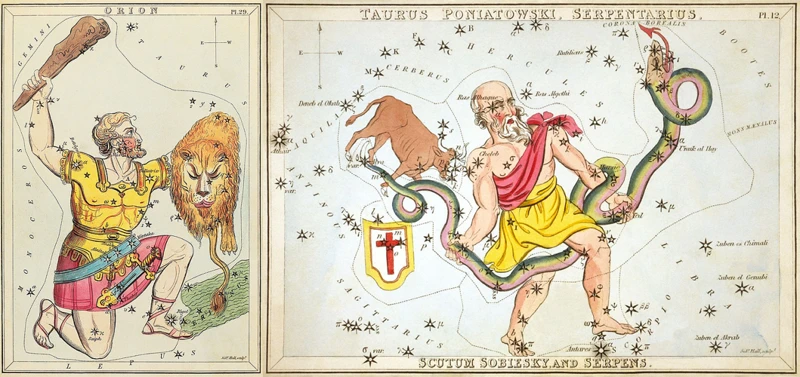
Ancient Egyptian mythology is rich with symbolism and the sun plays a significant role in their cosmology and belief system. In Egyptian mythology, the sun god, Ra, is a central figure. Ra is depicted as a powerful deity with the head of a falcon and the sun disk on top, symbolizing his identification with the sun. He is believed to ride across the sky in a solar barque, representing his journey from sunrise to sunset. This journey was seen as a cyclical pattern, reflecting the recurring nature of life and death. The sun’s daily rising and setting were associated with the idea of rebirth and renewal, linking the sun god Ra with the concepts of creation and transformation. The Egyptians believed that Ra’s journey through the underworld at night symbolized the process of the soul’s journey after death before being reborn again at sunrise. The sun, therefore, represented not just light and warmth but also the eternal cycle of life and the afterlife, giving hope to the ancient Egyptians for a continuation of existence.
Ra, the Sun God
Ra, the Sun God in ancient Egyptian mythology, holds a central and revered position. Regarded as the creator of everything in the world, Ra was often depicted as a man with the head of a falcon or a ram. The sun itself was considered Ra’s physical body, symbolizing his power and vitality. As the sun god, Ra was believed to sail across the sky in his solar barque during the day, bringing light and warmth to the world. His journey represented the cycle of life, death, and rebirth. Ra’s rising in the morning marked the beginning of a new day, while his setting in the evening symbolized the waning of life and the approach of the underworld. The ancient Egyptians revered Ra as the divine force that sustained all life on Earth. His importance is evident in the fact that many pharaohs incorporated the name “Ra” into their own names, emphasizing their connection to the sun god’s divine power. Ra’s association with the sun also influenced the development of various religious rituals and festivals, highlighting the vital role of the sun in Egyptian culture. The worship of Ra persisted throughout Egyptian history and played a significant role in shaping their cosmology and beliefs. Understanding the significance of Ra as the sun god offers a glimpse into the profound relationship between the ancient Egyptians and the celestial bodies that governed their world.
Solar Barque and Rebirth
In Ancient Egyptian mythology, the solar barque and the concept of rebirth were intricately linked to the symbolism of the sun. The solar barque represented the journey of the sun god Ra across the sky as he brought light and warmth to the world. This celestial boat was depicted as a magnificent vessel that carried Ra during the day and navigated through the perilous underworld during the night. The solar barque was often portrayed as a majestic ship with a crew of gods and goddesses, including Isis and Osiris, who protected and guided Ra on his journey.
This symbolism of the solar barque was deeply intertwined with the idea of rebirth in Ancient Egyptian mythology. As Ra traveled through the underworld during the night, it was believed that he battled various serpents and demons before emerging victorious at dawn. This daily cycle of death and resurrection represented the eternal cycle of life itself. The sun’s rising each morning symbolized the triumph of light over darkness, life over death, and offered hope for the continuation of existence. It was believed that the sun’s rebirth each day mirrored the potential for rebirth and renewal in the lives of individuals. This concept of rebirth played a fundamental role in the religious beliefs and funerary rituals of the ancient Egyptians, as they sought to secure a prosperous afterlife.
The solar barque and the associated symbolism of rebirth emphasize the significance of the sun in Ancient Egyptian mythology. This belief in the cyclical nature of life and the role of the sun as a harbinger of renewal and transformation reflects the ancient Egyptians’ profound connection to the natural world and their deep understanding of the interconnectedness of all things. Through the solar barque and the concept of rebirth, the sun became a powerful symbol of hope and transcendence, guiding the ancient Egyptians on their journey through life and death.
Greek Mythology
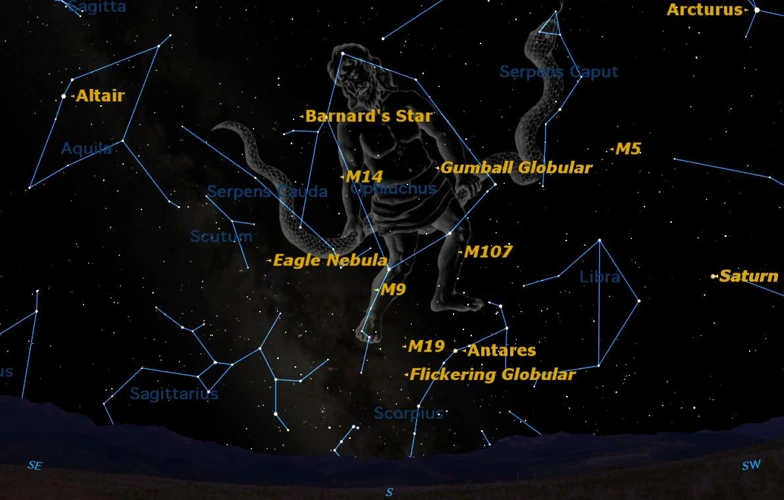
Greek mythology is filled with captivating tales of gods and goddesses, and the sun holds a special place within this ancient belief system. One prominent figure associated with the sun is Apollo, the god of light and the sun. In Greek mythology, Apollo is often depicted driving his golden chariot across the sky, pulling the sun behind him. He is revered as a radiant and powerful deity, representing the illuminating qualities of the sun. Another fascinating story related to the sun in Greek mythology involves Helios and his son Phaeton. Helios is often portrayed as the personification of the sun, guiding it with his chariot. Phaeton, eager to prove his divine lineage, convinced his father to let him drive the chariot. Unfortunately, Phaeton lost control, resulting in chaos and destruction on Earth. This myth serves as a cautionary tale, highlighting the dangers of recklessness and the importance of respecting the power of the sun. Greek mythology not only portrays the sun as a source of light and life but also explores the potential consequences of wielding its power irresponsibly. By delving into the intricacies of Greek mythology, we gain a deeper understanding of the symbolic significance assigned to the sun in this ancient culture.
Apollo, the God of Sun
Apollo, known as the god of the sun in Greek mythology, is a powerful and influential deity. He is often depicted as a handsome and radiant god, embodying the brilliance and warmth of the sun itself. Apollo was believed to be the driver of the sun chariot, which he rode across the sky every day, illuminating the world with light. As the god of the sun, Apollo represented not only the physical attributes of the sun but also its symbolic meaning. In Greek mythology, the sun was associated with enlightenment, knowledge, and the arts. Apollo was also revered as the god of music, poetry, and prophecy. The sun’s rising and setting each day were seen as the birth and death of Apollo, symbolizing the cycle of life and the passage of time. The sun’s life-giving properties were also attributed to Apollo, as he was believed to bring healing and purification. The symbolism of the sun in Greek mythology, through the figure of Apollo, highlights the reverence for light, wisdom, and artistic expression in ancient Greek culture. To learn more about the origins of Greek mythology, you can explore the article “Exploring the Origins of Greek Mythology.”
Helios and Phaeton
In Greek mythology, Helios is the god of the sun and is often depicted driving a chariot across the sky, bringing light and warmth to the world. Helios is believed to be the son of the Titan Hyperion and the Titaness Theia, making him a second-generation deity. In one famous myth involving Helios, his son Phaeton seeks proof of his divine lineage and asks to drive his father’s chariot for a day. Despite his father’s warnings, Phaeton insists, and Helios reluctantly grants him permission. However, Phaeton’s inexperience leads to disastrous consequences. As he drives the chariot, he is unable to control its fiery steeds, causing the chariot to veer off course. The erratic movements of the chariot result in catastrophic events such as scorching deserts, freezing mountains, and even threatening to set the Earth on fire. To prevent further destruction, Zeus intervenes and hurls a thunderbolt at Phaeton, causing him to fall from the chariot and perish. This myth of Helios and Phaeton showcases the recklessness of youth and the importance of respecting the power and responsibility associated with the sun. It serves as a cautionary tale about the disastrous consequences that can arise from arrogance and lack of wisdom when dealing with cosmic forces.
Mayan Mythology
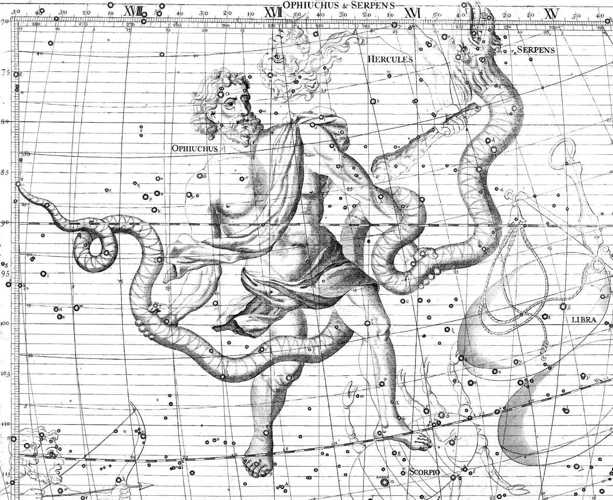
Mayan mythology holds a profound reverence for the sun and views it as a central deity in their cosmology. The Mayans worshiped the sun god known as Kinich Ahau, who personifies the power and vitality of the sun. Kinich Ahau is often depicted as a youthful man with a prominent nose and a sun disk on his forehead. He represents the solar journey from sunrise to sunset, symbolizing the life-giving force of the sun. The Mayans believed that Kinich Ahau resided in the celestial realm and governed the cycles of day and night. The sun was seen as a symbol of creation, as it brought light and warmth, allowing crops to grow and sustaining life on Earth. The Mayans also associated the sun with the act of creation itself, believing that Kinich Ahau played a crucial role in the formation of humanity. According to Mayan mythology, it was during the fourth creation that the gods used maize dough to shape humans, and the sun provided the vital energy for their existence. This belief solidifies the sun’s role as a divine creator in Mayan mythology, highlighting its significance in shaping the world and humanity. The reverence for the sun can be observed in the Mayan calendar which aligns with the solar cycles and is based on the movements of the sun. The complex Mayan calendar system demonstrates their deep understanding of celestial phenomena and the profound impact of the sun on their daily lives.
Kinich Ahau, the Sun God
In Mayan mythology, Kinich Ahau is the revered sun god. Depicted as a radiant and powerful deity, Kinich Ahau represented the sun’s life-giving energy and was associated with abundance and fertility. His name, which translates to “Face of the Sun,” highlights his connection to the celestial body. According to Mayan beliefs, Kinich Ahau was responsible for the sun’s daily journey across the sky, bringing light and warmth to the world. He was often depicted with jaguar features, symbolizing his strength and association with the animal kingdom. The Mayans believed that Kinich Ahau governed the planting and harvesting of crops, ensuring the fertility of the land and the well-being of their civilization. As a sun god, Kinich Ahau played a crucial role in Mayan cosmology and religious practices. His presence was invoked during important ceremonies and rituals to seek his blessings and protection. The Mayan civilization greatly revered and relied on the sun’s energy, attributing great significance to Kinich Ahau as the embodiment of this vital force.
Sun as the Creator
In Mayan mythology, the sun holds a central role as the creator of all life. The Mayans worshiped the sun god Kinich Ahau, who was often depicted with a Jaguar’s face and a radiant sun symbol on his forehead. Kinich Ahau was believed to be the bringer of light and warmth, essential for the growth of crops and the sustenance of life. The Mayans considered the sun as the driving force behind creation itself, responsible for the birth of the world and all living beings. The sun’s daily journey across the sky was seen as a divine act, symbolizing the continuous cycle of creation and renewal. The agricultural practices of the Mayans were closely tied to the movements of the sun, with planting and harvesting seasons aligning with the sun’s positions. This deep connection between the sun and creation reinforced the Mayans’ reverence for the sun as the ultimate source of life and gave them a sense of harmony and balance with the natural world. [Internal link: Learn more about self-care routines based on Mayan astrology.]
Norse Mythology
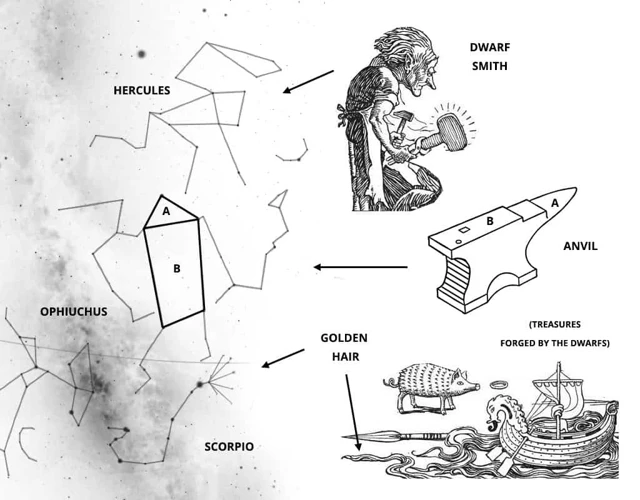
In Norse mythology, the sun is personified through two main figures: Sol and Sól. Sol, a goddess, is associated with the sun’s rays and is said to drive the chariot that carries the sun across the sky. The chariot is pulled by two horses named Arvakr and Alsviðr, meaning “Early Waker” and “Swift,” respectively. Sol’s brother, Mani, represents the moon, forming a celestial duo. On the other hand, Sól, whose name means “sun,” is often referred to as the female counterpart of Sol. She, too, traverses the sky in a chariot, pulled by horses named Allsvinn and Arvaker, meaning “Very Fast” and “Early Riser.” This duality reflects the Norse understanding of the sun’s journey and its connection to the passage of time. The importance of the sun in Norse mythology can also be seen in the prophecy of Ragnarök, the apocalyptic event that signifies the end of the world. According to the prophecy, at the onset of Ragnarök, the sun will be devoured by a wolf named Sköll, plunging the world into an eternal darkness. This cosmic battle between the sun and the wolf signifies the struggle between light and darkness, with the sun representing order and life. The Norse mythology’s depiction of the sun showcases its vital role in their understanding of the natural world and the constant battle between light and darkness.
Sol and Sól, the Sun Goddess
In Norse mythology, the sun is personified as the goddess Sol or Sól, who is often mentioned alongside her brother, the moon god Mani. Sol is described as guiding a chariot through the sky, pulled by two horses named Arvakr and Alsviðr. This chariot was believed to give light and warmth to the world. Sol’s journey across the sky was seen as an essential cyclical event, with her chariot representing the passing of time and the changing of the seasons. Just as the sun rises and sets each day, Sol’s presence was seen as vital for the survival and growth of crops and the overall well-being of the world. Sol’s radiant and powerful presence inspired reverence and awe among the Norse people, who recognized her as an integral part of their mythology. Through Sol, the sun was seen as a symbol of light, life, and vitality, while also embodying the cycle of time and the interconnectedness of all things in the natural world. The image of Sol riding her chariot across the sky would have been a majestic sight, capturing the imagination of the Norse people and inspiring them with a sense of wonder and cosmic order. The importance of Sol and the sun in Norse mythology is a testament to the significance that ancient cultures placed on this celestial body and its symbolic representation in their stories and beliefs.
Ragnarök and the Eternal Darkness
In Norse mythology, the concept of Ragnarök and the eternal darkness holds a pivotal role. Ragnarök is a catastrophic event prophesied to occur in the future, where a series of events lead to a climactic battle between the gods and various forces of chaos. One of the key elements of this apocalyptic event is the extinction of the sun, known as the Sun Devourer or Sköll. Sköll is a wolf who relentlessly pursues Sol, the sun goddess, with the intention of devouring her. When Ragnarök arrives, Sköll finally catches up with Sol, plunging the world into darkness. This eternal darkness symbolizes the end of the current order and the beginning of a new cosmic cycle. The absence of the sun signifies chaos and destruction, as the world is no longer under the protective light of Sol. However, it is believed that after the destruction, a rebirth will take place, and a new era will emerge from the cosmic ashes. This mythic event serves as a reminder of the cyclical nature of existence and the inevitability of both endings and beginnings in the Norse mythology. The story of Ragnarök and the eternal darkness showcases the symbolic power of the sun as a source of light, life, and order, but also highlights its absence as a harbinger of chaos and uncertainty.
Hindu Mythology
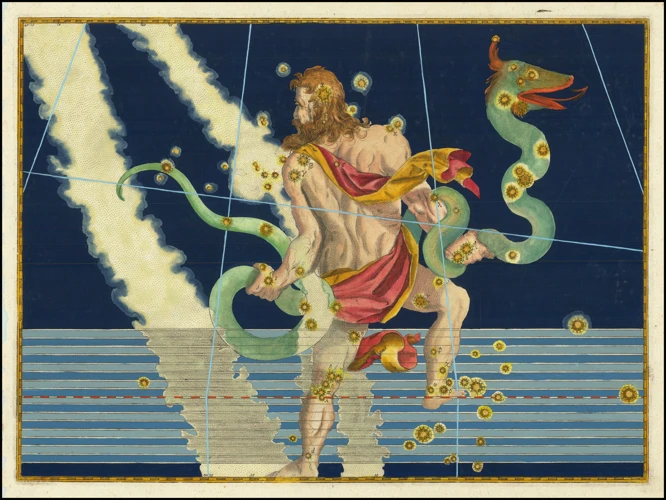
Hindu mythology embraces a complex and intricate pantheon of gods and goddesses, and the sun holds a significant place within this vibrant tradition. Surya, the solar deity, is revered as the embodiment of the sun and is often depicted riding a chariot driven by seven horses, representing the seven colors of sunlight. Surya is considered the source of life and energy, with his radiance providing warmth, light, and vitality to all living beings on Earth. In Hindu cosmology, Surya is also one of the Navagrahas, the nine celestial bodies governing human destiny and influencing various aspects of life. Each day, devotees offer prayers to Surya, acknowledging his role as the sustainer of life. The understanding of the sun’s significance in Hindu mythology goes beyond its physical attributes as it represents enlightenment, knowledge, and spiritual awakening. The sun symbolizes the divine presence within every individual, encouraging the pursuit of self-realization and the liberation of the soul. Exploring the mythology of Hinduism reveals the profound reverence and deep spiritual connection associated with the sun in this ancient tradition.
Surya, the Solar Deity
In Hindu mythology, Surya is the solar deity and is considered one of the most important gods in the Hindu pantheon. Surya is depicted with a radiant golden body and is often shown riding a chariot drawn by seven horses, representing the days of the week. As the sun god, Surya is believed to be the source of light, warmth, and life on Earth. He is worshipped as the sustainer of the universe and is regarded as the eye of the cosmos. Surya is also associated with knowledge and wisdom, and is often depicted holding a lotus flower, representing purity and enlightenment. In Hindu astrology, Surya is one of the nine celestial bodies known as the Navagraha. Each planet in the Navagraha is believed to have an influence on human life and Surya governs authority, leadership, and vitality. Devotees of Surya offer prayers and perform rituals to seek his blessings for success, good health, and spiritual enlightenment. The worship of Surya is deeply rooted in Hindu culture, and his significance as the solar deity continues to be celebrated and revered to this day.
References:
– Navagraha, the Nine Planets
Navagraha, meaning “nine planets” in Hindu mythology, refers to the celestial bodies that have a significant influence on human life and destiny. These nine planets are believed to represent different aspects of existence and govern various areas of human life. The Navagrahas include the Sun (Surya), the Moon (Chandra), Mars (Mangala), Mercury (Budha), Jupiter (Brihaspati), Venus (Shukra), Saturn (Shani), Rahu (the ascending lunar node), and Ketu (the descending lunar node). Each planet is associated with specific qualities, energies, and influences. For example, the Sun is considered the most vital among the nine planets and is associated with power, leadership, and vitality. Conversely, the Moon is linked to emotions, intuition, and the subconscious mind. In Hindu astrology, the positioning and alignment of these planets at the time of a person’s birth are believed to shape their personality, behavior, and life events. The study of Navagrahas is crucial in determining astrological charts and making predictions about one’s life journey and potential challenges. Understanding the Navagrahas provides insight into the complexities of human existence and the interconnectedness between celestial forces and earthly lives. To learn more about self-care routines based on astrology, check out our article on Ophiuchus self-care routines.
Conclusion
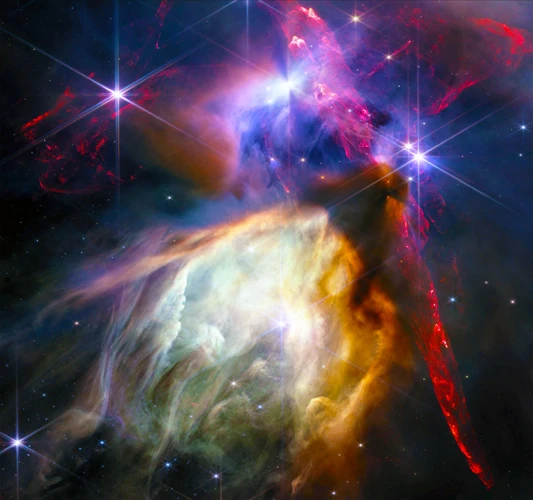
In conclusion, the symbolism of the sun in different mythologies demonstrates its universal significance as a powerful and revered celestial body. From Ancient Egyptian mythology, where the sun god Ra symbolizes creation, rebirth, and the eternal cycle of life, to Greek mythology, where Apollo embodies the radiance and power of the sun, each culture has attributed its own unique symbolism to this celestial entity. In Mayan mythology, the sun god Kinich Ahau is seen as the creator, while in Norse mythology, the sun goddess Sol represents warmth and light in a world threatened by eternal darkness. Hindu mythology introduces us to Surya, the solar deity, and Navagraha, where the sun is one of the nine planets that guide destiny. These mythologies reveal the human fascination with the sun and its association with life, power, and spirituality. The diverse interpretations and symbolism of the sun across cultures are a testament to the shared interest in understanding the natural world and finding meaning in existence. The sun continues to inspire awe and wonder in us, reminding us of our connection to the vast cosmos and the eternal cycle of life.
Frequently Asked Questions
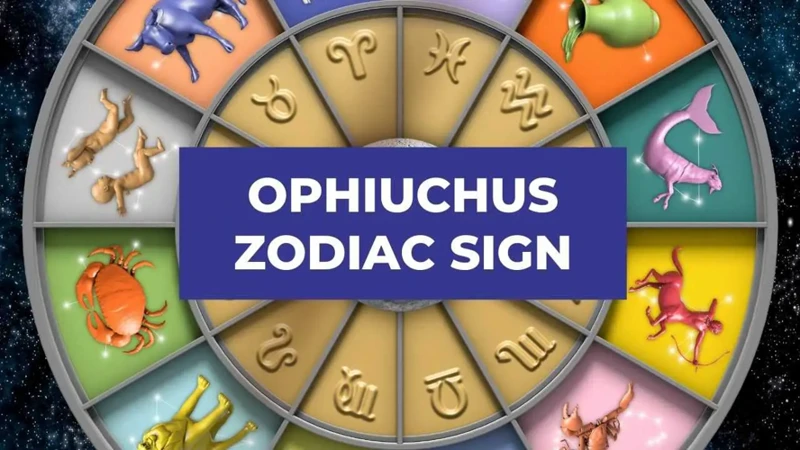
1. Why is the sun so important in ancient Egyptian mythology?
The sun holds great importance in ancient Egyptian mythology as it is closely associated with the god Ra, who is believed to be the creator and ruler of the world. The sun represents life, light, and warmth, and its cyclical journey from sunrise to sunset symbolizes the concept of rebirth and renewal.
2. How did the ancient Egyptians view the sun’s role in the afterlife?
The ancient Egyptians believed that the sun’s journey through the underworld symbolized the soul’s journey after death. They believed that the deceased would undergo a series of tests and tribulations in the underworld before being reborn and rising with the sun in the afterlife.
3. What is the significance of Ra’s solar barque?
Ra’s solar barque represents his daily journey across the sky. It symbolizes the sun’s movement from sunrise to sunset and the cyclical nature of life. The solar barque also represents Ra’s power and authority, as he guides the sun across the heavens.
4. How does the sun symbolize creation in ancient Egyptian mythology?
In ancient Egyptian mythology, the sun’s daily rising and setting were seen as a metaphor for creation and transformation. The sun’s journey represented the continuous cycle of life, death, and rebirth, symbolizing the eternal nature of existence.
5. Were there any other sun deities in ancient Egyptian mythology?
Apart from Ra, other sun deities in ancient Egyptian mythology included Atum, Khepri, and Amun-Ra. Each of these deities had their own unique attributes and roles associated with the sun and its symbolism.
Yes, the ancient Egyptians celebrated various festivals and rituals related to the sun. One such important festival was the “Festival of the Burning of the Lamps,” where people lit lamps and candles to symbolize the power and warmth of the sun’s light.
7. How did the ancient Egyptians depict the sun in their art and architecture?
The ancient Egyptians often depicted the sun as a radiant disk with rays extending outward. This symbol, known as the “Atef Crown,” was a prominent feature in their art, architecture, and religious iconography, emphasizing the significance of the sun in their culture.
8. Was the sun viewed as a benevolent or malevolent force in ancient Egyptian mythology?
The sun was primarily viewed as a benevolent force in ancient Egyptian mythology. It represented life, growth, and prosperity. However, just like the sun’s scorching rays that could cause harm, it was also believed that the sun could bring destruction if not respected or revered properly.
9. Did the ancient Egyptians worship the sun as a god?
Yes, the ancient Egyptians worshipped the sun as a god. Ra, the sun god, was one of the most important and widely revered deities in their pantheon. They believed that by offering prayers, rituals, and sacrifices to Ra, they could seek his blessings and protection.
10. How does the symbolism of the sun in ancient Egyptian mythology compare to other cultures?
The symbolism of the sun in ancient Egyptian mythology shares similarities with other cultures, particularly regarding its association with creation, life, and rebirth. However, each culture has its own unique interpretations and narratives surrounding the sun, making it a fascinating area of study in comparative mythology.
References
- Are there any mythologies/religions where the sun is …
- Sun Worship | Symbolism, History & Gods
- What Are the Different Types of Sun Mythology?
Frequently Asked Questions

What is the symbolism of the sun in different mythologies?
The sun holds immense symbolic significance in various mythologies, representing concepts such as life, light, power, and celestial divinity.
Who is Ra in Egyptian mythology?
Ra is the ancient Egyptian sun god, often depicted with the head of a falcon, symbolizing his connection to the skies.
How does the solar barque signify rebirth?
The solar barque, a celestial boat that carries the sun across the sky, symbolizes the journey of the sun from sunset to sunrise, representing the cycle of life, death, and rebirth.
Who is Apollo in Greek mythology?
Apollo is the Greek god of the sun, widely revered for his association with light, healing, music, and prophecy.
What is the story of Helios and Phaeton?
The story recounts the tragic journey of Phaeton, who insisted on driving his father Helios’ sun chariot but lost control, leading to his own demise and scorching the earth.
Who is Kinich Ahau in Mayan mythology?
Kinich Ahau is the Mayan sun god, portrayed as a jaguar during the day and a human-like figure covered in blood during sunset, symbolizing the sun’s movement and its connection to human sacrifice.
How does the sun represent creation in Mayan mythology?
In Mayan mythology, the sun is considered the creator of all life, as it brings light and warmth, nurturing the growth of plants and sustenance for living beings.
Who are Sol and Sól in Norse mythology?
Sol and Sól are the Norse goddesses of the sun, who each have their chariots and traverse the sky every day, creating daylight for the world.
What is Ragnarök in Norse mythology?
Ragnarök is a catastrophic event in Norse mythology that foretells the final battle between gods and giants, resulting in the destruction of the sun and eternal darkness.
Who is Surya in Hindu mythology?
Surya is the solar deity in Hindu mythology, known as the supreme source of light, warmth, and energy, representing the divine cosmic principle of life.
References
- Are there any mythologies/religions where the sun is …
- Solar deity
- Sun Worship | Symbolism, History & Gods






